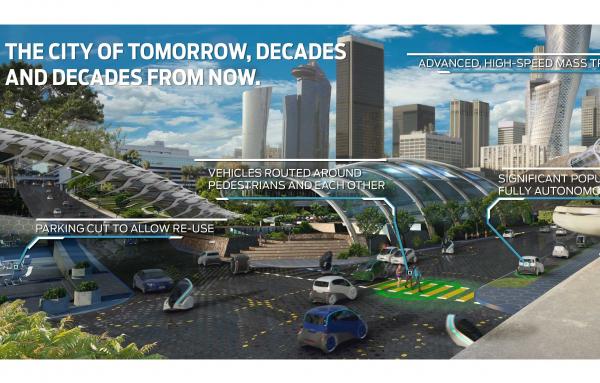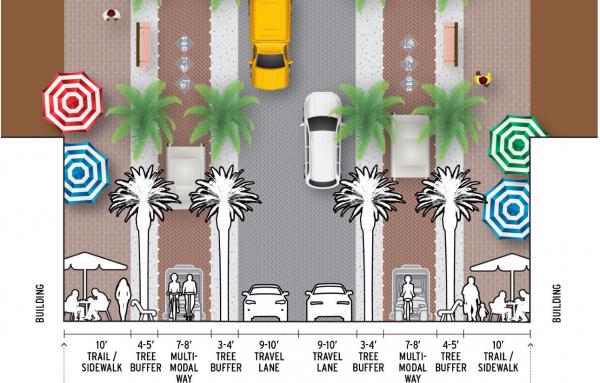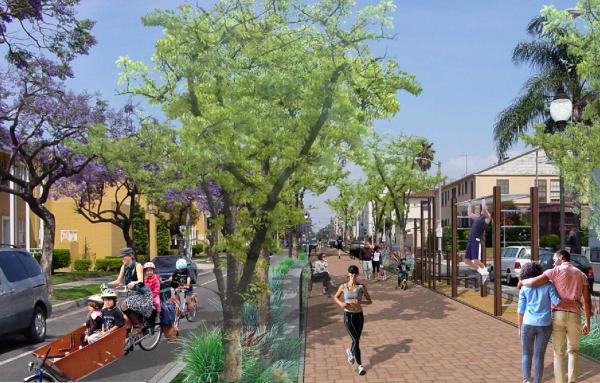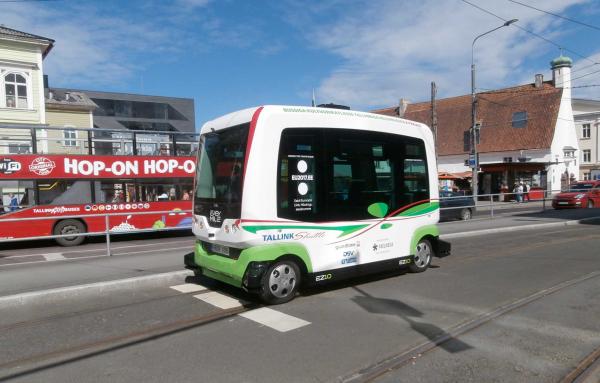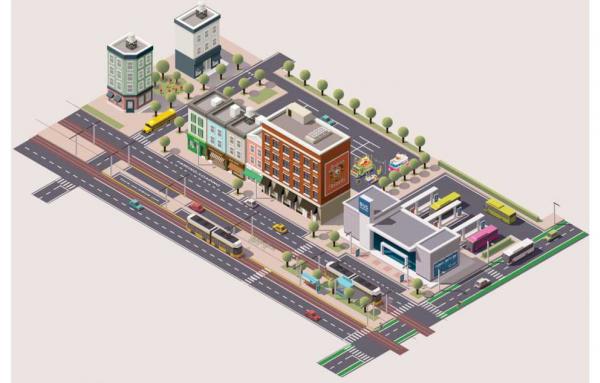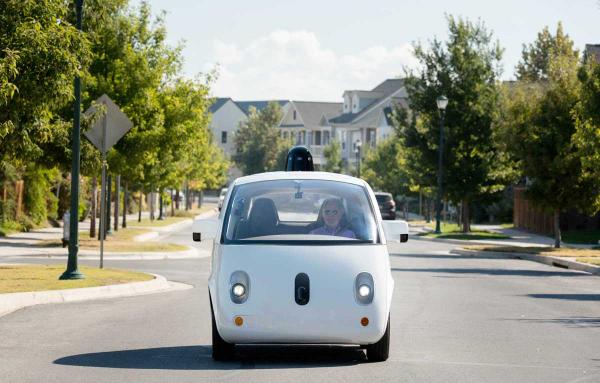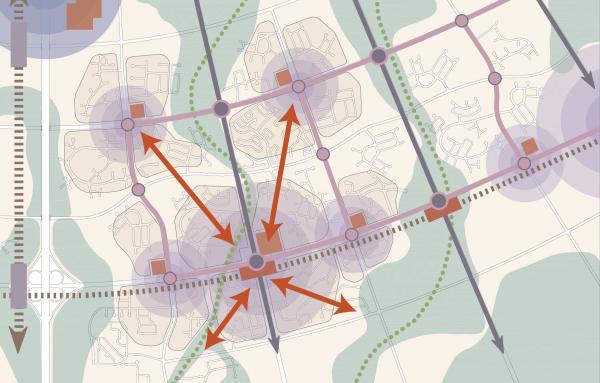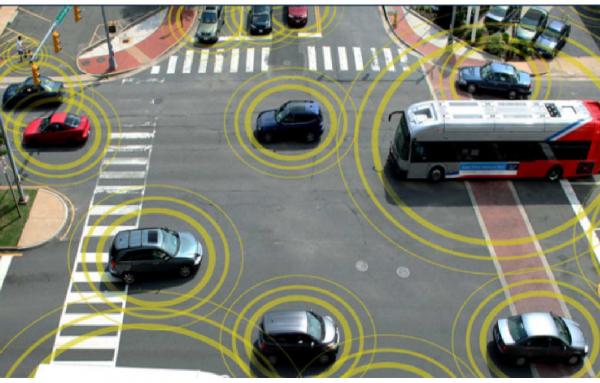autonomous vehicles
A new report looks at autonomous vehicles and other advancing mobility technologies with recommendations on how they can be used to create more livable communities.
Traditional urbanism evolved over millennia to meet human needs. The adoption of AVs should not be allowed to replace time-tested places with something that would probably make our lives worse.
As cities and towns plan for rapidly changing transportation technology, flexible urban design and policy solutions are needed. Here are six considerations based on a workshop in Walton County, Florida.
Autonomous vehicles (AVs) will likely be one of the most transformative and disruptive technologies ever introduced. The technology brings the potential to make great progress in the following areas:
The primary task for autonomous vehicles is placemaking, not engineering. If new urbanists don't create a vision for how AVs can support neighborhood life, nobody will.
Here's a playbook for municipal leaders and citizens on the road to smart city technology.
If federal laws like the AV START bill foreclose the opportunities of cities and states to intelligently regulate AVs, communities themselves will lose the steering wheel.
New Urbanism has an opportunity to influence where self-driving vehicles take us—which could be social hubs in a polycentric city.
Autonomous rapid transit Is the best use of autonomous technology. Combined wtih high-capacity metro transit systems, this will avoid the degradation of autonomous vehicle performance from mixed-traffic flow and attract riders from private cars.

